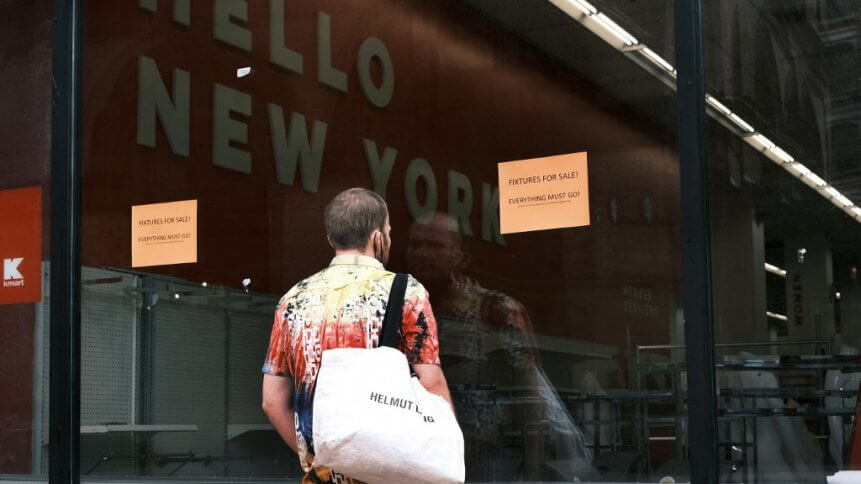Hybrid cloud services the backbone of today’s e-commerce boom

The pandemic and its resultant effects were a turning point for many businesses, both positive and negative. In the US, many businesses from retail to restaurants were forced to cease operations permanently, while others experienced record sales from new verticals.
What set record success apart while other businesses faltered? In a word, e-commerce. Americans spent upwards of US$790 billion online by end-2020, up 32% from 2019 according to data from the U.S. Census Bureau. Online shopping became the preferred option for purchasing all sort of goods and services – including things that were traditionally considered items you would want to see with your own eyes before committing to purchase, such as fresh produce or buying a car.
Even with physical businesses beginning to reopen their doors, now that consumers have become acclimatized to the convenience of e-commerce, it is unlikely the online demand is ever going to subside again. COVID-19 resulted in a ‘new normal’ alright, a new reality where procuring anything over the internet was a distinct possibility, and customer expectations today will force other companies to accelerate their digital strategies.
Hybrid cloud services power digital transition
E-commerce is nothing new for US consumers, but post-pandemic companies that were considered traditional retailers had to build out their online presence or include new services that would ease online buying and navigation.
Big-box brick-and-mortar retailers resorted to low-contact order processing, such as buy online but self-pickup at stores to minimize contact. Restaurants began offering curbside pickup for online or in-app orders.
These sudden changes in consumer behavior as well as shifting distribution methods meant that organizations needed to scale up their e-commerce infrastructure to deliver greater speed and agility without compromising security – causing many of them to turn to hybrid cloud services to fill their gaps.
Hybrid cloud harnesses different capabilities including deploying different workloads in private IT environments, public clouds, or a combination based on the computing needs. Hybrid cloud services can provide a business with greater flexibility and more data deployment options to meet the needs of the business.
For example, an apparel seller can utilize public cloud to launch its new website or app, but back-of-house operations and sensitive customer data can still be stored on-premises, safely behind a firewall. And its not just common e-commerce pillars like clothing and food delivery either, like in April 2020 when sales of recreational bikes grew by 203% compared to the same period last year.
This pandemic-induced spike mirrored similar online traffic as would be experienced during the end-year holiday season – under regular circumstances, the bike shop would require sizable investment and time spent to build on-premises systems that could handle the sudden influx of online data.
YOU MIGHT LIKE

3 supply chain strategies to boost e-commerce operations
But by relying on hybrid services such as hosting IT systems in the cloud while data volumes were handled in-house, allowing the company to scale up their capacity quickly within days rather than months – while paying only for subscription rates based on their usage, rather than fixed fees that could be prohibitive.
With heightened e-commerce competition now as well as increased customer demand for better online experiences, companies need to commit to accelerating both the speed and scale of their digital strategies, and hybrid cloud services is one of the fastest, surest ways to do so.









